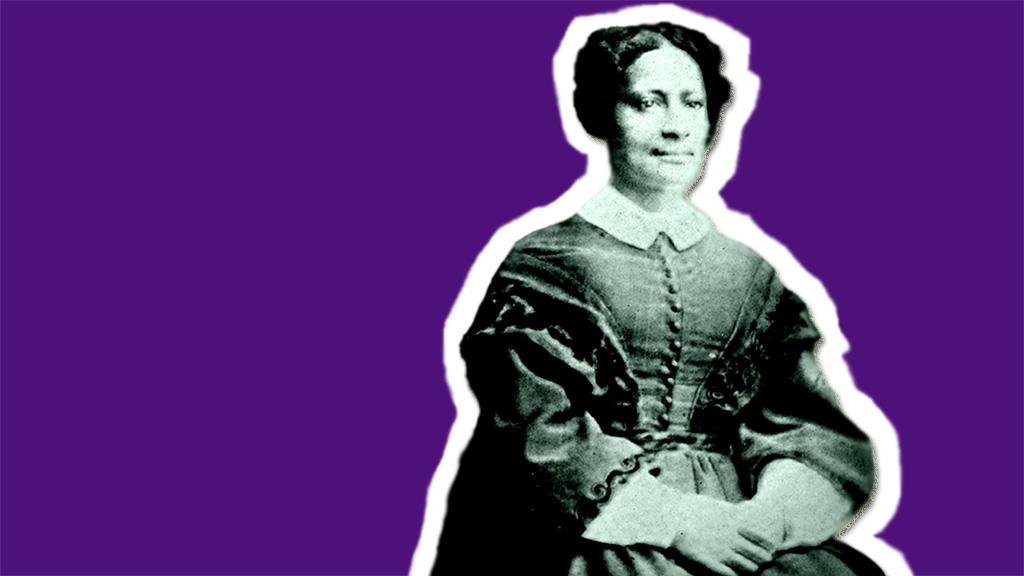The Asian women who defied the driving taboo
- Published
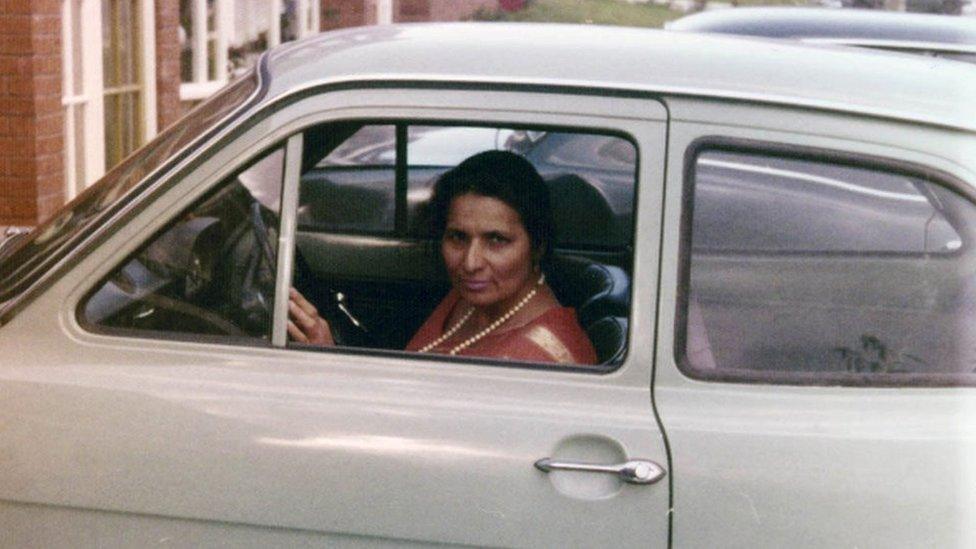
Suraksha Asar was "determined" to learn to drive to avoid racist abuse
It was unusual for first-generation Asian women to learn to drive after arriving in England in the 1960s and 70s, but some were determined to ignore convention and get behind the wheel. Their stories are being told in a new exhibition.
Landing a job in an infant school shortly after arriving in England from Punjab in 1968 was a dream come true for Suraksha Asar.
The racist abuse she faced on the half-mile walk through West Bromwich to catch the bus home, however, soured the experience.
Shockingly, among the perpetrators were some of her former pupils.
"They used to swear and spit. It was very uneasy and unhappy," she said.
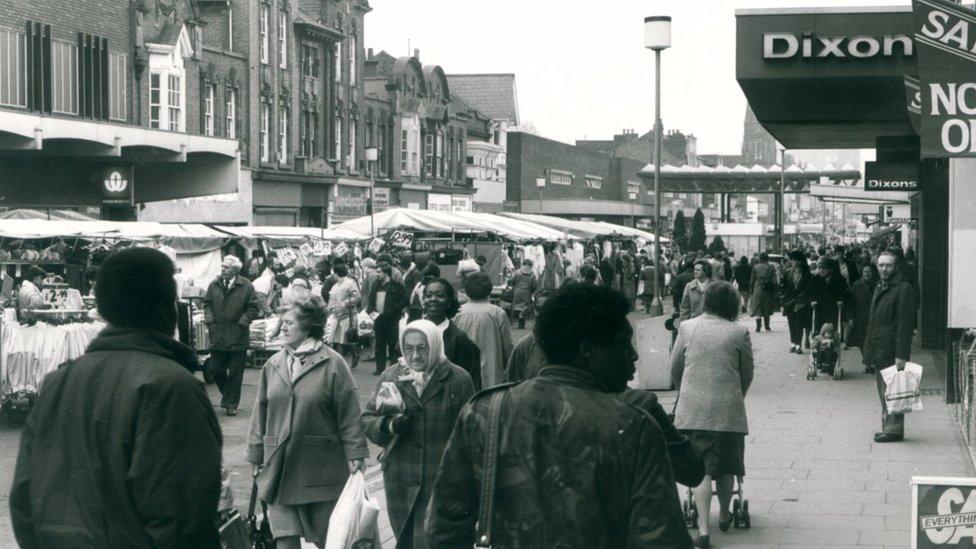
It was while walking through West Bromwich that Mrs Asar faced racist abuse
Mrs Asar longed to be able to drive, but it was unusual for women in the growing south Asian immigrant community to do so.
While many families adopted elements of their new English lifestyle, the patriarchy that spanned generations in India and Pakistan loomed large.
Many women were encouraged to lead a life of domesticity, raising their children while the men went out to work. Driving just wasn't deemed necessary.
Mrs Asar's husband was not keen for her to learn.
"I asked him to take me out in his car but he didn't help me or give me advice. I had an accident with somebody's fence and he never took me out again."
But Mrs Asar was undeterred. In secret, she took lessons during her lunch break at school.
Unable to practise at home, it took 10 years and "five or six" attempts at the test. But in 1978, she finally passed and could drive the family Toyota.
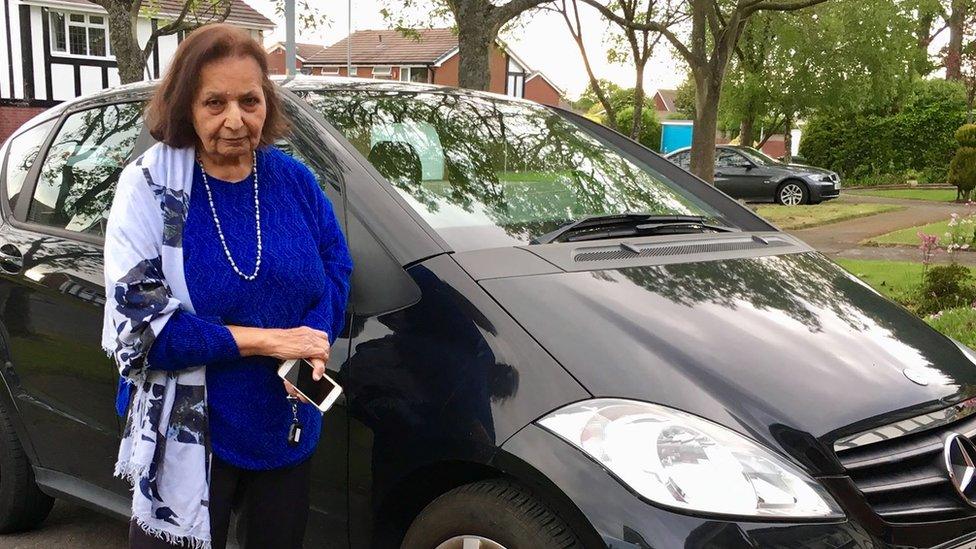
Retired teacher Mrs Asar still drives at 84
"I felt great. I told my husband 'I passed, I passed!' He was happy then," says the 84-year-old, who drives a Mercedes these days.
Her story was discovered by artist Dawinder Bansal, who has spent two years finding similar accounts from the women she describes as the "invisible pioneers" of the south Asian community, paving the way for future generations of women.
Ms Bansal was inspired by her mother, who never learned to drive because she was never encouraged. Discovering many other women faced cultural barriers, she decided it was a story that needed to be told.
"They faced resistance from the community, sometimes from their own families, sometimes from their husbands, and sometimes from the women in their family as well," she said.
The stories she discovered are being told in an exhibition called the Road to Independence.
"I feel that they did that - this is a pioneering generation of women who really fought against tradition and people, and just wanted to go out there and drive.
"They have given women like me the confidence to get an education, to be able to drive, to do all of those things we can do now."
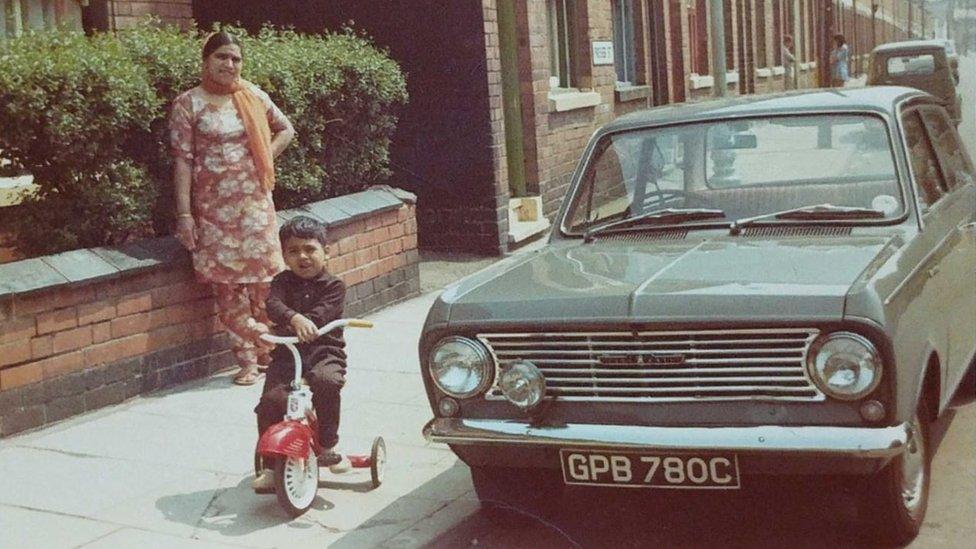
Dawinder Bansal was inspired by her mother, pictured, to speak to other women about their experiences
Among the people Ms Bansal spoke to was Jagdish Khaira, aged 64, who credits her "forward-thinking" father for giving her the opportunity to learn to drive.
She was nine years old when her family left Jalandhar, Punjab, India in 1964 for a life in Leamington Spa.
After leaving school, she blazed a trail in her community when she relocated to Portsmouth to do a pharmacy degree.
"How do you know she's ever going to come back?" teased her father's friends at Leamington's Commonwealth Club.
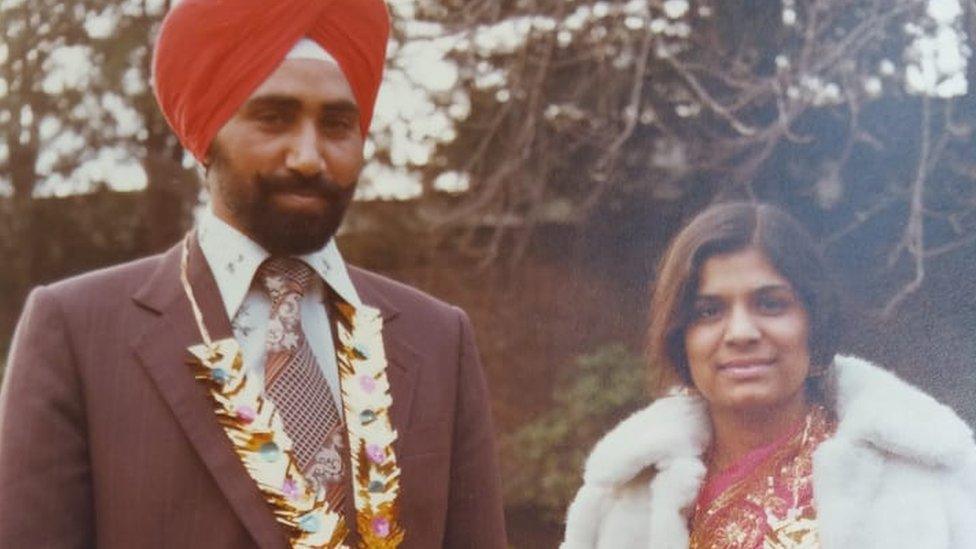
Jagdish Khaira shocked people in India when she drove her husband Charanjit around
When she did return to the West Midlands, Mrs Khaira was intent on learning to drive to help her new career.
"To begin with there was a lot of comments from the community saying, 'well she doesn't need to do it, she's had her education, let the in-laws look after her'," she said.
"'It's not important', they used say to my dad, 'it's not important for her to learn to drive'.
"In those days all we were expected to do was do manual work, use the buses to go wherever you wanted and driving itself was a luxury and you weren't expected to have luxuries.
"You were expected to work, pay your bills, pick your children up and then go on to the next piece of work."
But with the support of her late father, and uncle, Mrs Khaira did learn to drive. She even bought her own car - a metallic brown Datsun.
"It was wicked. Imagine an Asian girl in those days going in to a showroom," she said.
"That feeling of ownership and pride, it was amazing, absolutely amazing.
"It's yours - in those days that was a big thing as everyone shared everything."
Learning to drive "gave you that freedom to do what you wanted, to do not what you had to do," she added.
When her marriage was arranged with a man living in India, she taught him the driving skills he would need to pass a test in England.
"There was no system of learning to drive - look left, right and move, that's driving in India," said Charanjit Songh Khaira, who said he was usually "bumper to bumper" with other cars.

Mr Khaira told his wife to ignore the critics who didn't think she should be driving
During a trip to India in 1980, people were stunned to see Mr Khaira in the passenger seat as his wife took to the wheel.
"They stopped their pushbikes and scooters to watch us," he recalled. "'How can she drive?' they'd say.
"I was laughing. I said 'don't take any notice'. She's a very independent woman and I'm very proud of her."
The women who dared to drive are "role models that went against the cultural attitudes of patriarchy", said Opinderjit Takhar of Wolverhampton University's Centre of Sikh and Punjabi Studies.
"Many of them did not work so it was not seen as a necessity.
"If they needed to go to the shop, they'd be taken to the shop. Schools would be close enough to walk to.
"These were very close-knit communities - there was just this expectation that there was no reason for you to drive, but it deprived them of their freedom.
"The ones who did drive are empowering lots of young women today."
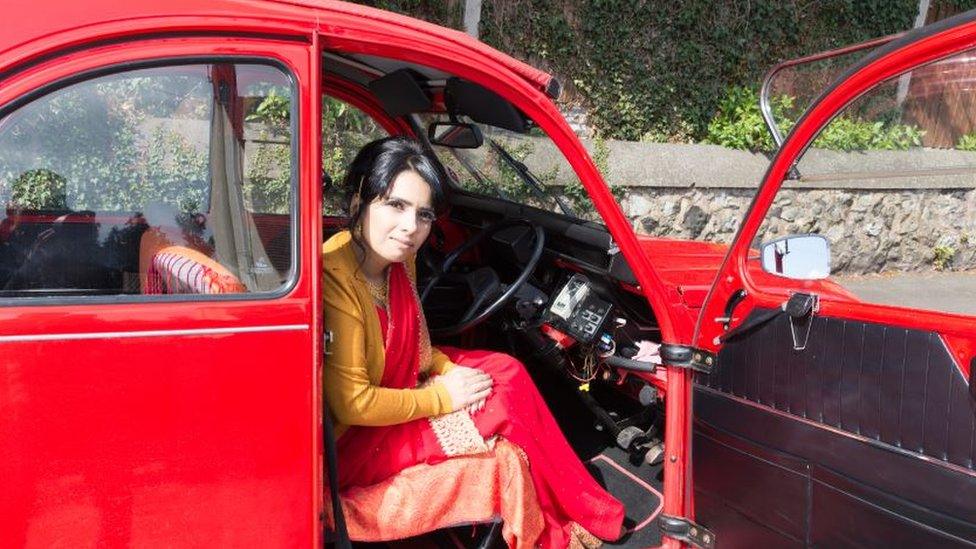
Dawinder Bansal (pictured) has launched a website to hear the experiences of other women
Ms Bansal wants to build an archive of stories of the women who dared to drive and has asked people to send in their own stories and photographs via the website www.asianwomenandcars.com
Since launching the website she has had submissions from Australia, Dhaka and also France, a response she described as "phenomenal".
"I feel so privileged that women are sending me their photos and stories. It's a great responsibility to have and I promise to honour and hold these stories in trust so that future generations of south Asian women can access a true historical record of south Asian women's history," said Ms Bansal.
"My own mother was never able to drive, and it's because of her inability to drive that pushed me to get my licence and be independent.
"I am forever grateful for her inspiration and sacrifices - of all the sacrifices of her generation of women."
The Asian Women & Cars: Road to Independence installation and film exhibition, part of Sandwell photography festival Blast!, is free to visit until 29 June at The British Muslim School in West Bromwich.

Follow BBC West Midlands on Facebook, external, on Twitter, external, and sign up for local news updates direct to your phone, external.
- Published16 January 2019
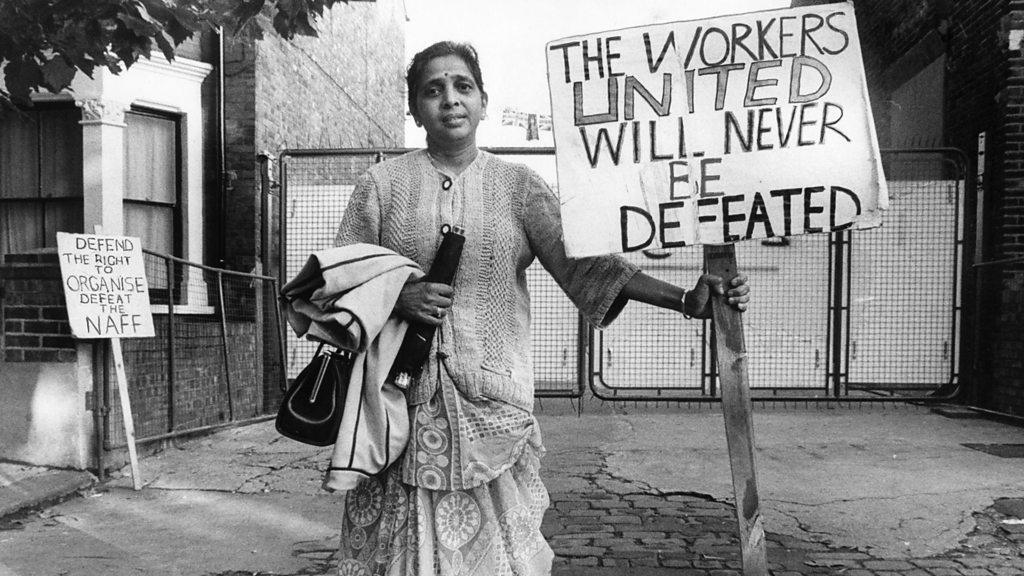
- Published11 February 2018
